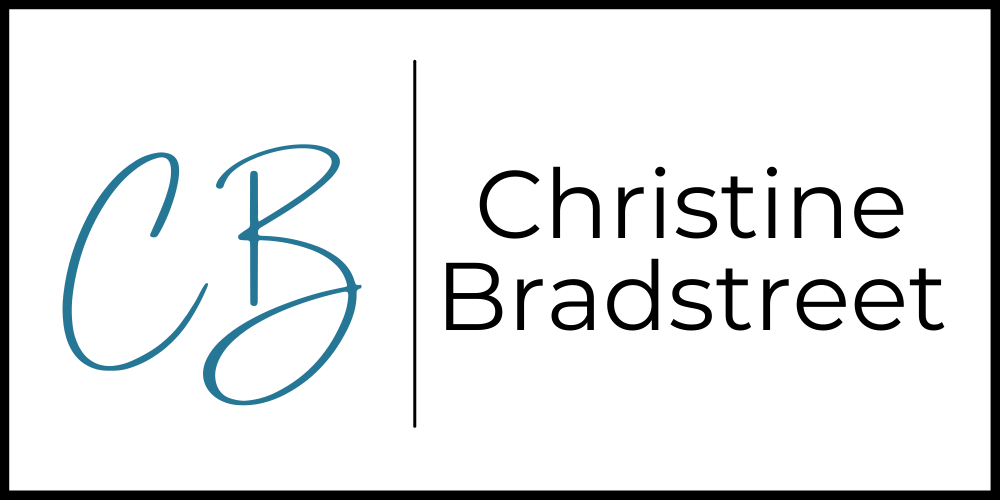You Don’t Have to Muscle Through Your Fears
“I’m sure I’ll be fine, I’ll just grit my teeth and muscle through it”
I was talking to a friend the other day about an upcoming presentation she has. She’s overall a very centered and confident person, but she dreads speaking in front of people.
She knows her stuff. She’s respected in her industry. She’s always well prepared.
None of that, however, sets her at ease when she has to make a presentation.
It doesn’t matter if there are 5 or 50 or 500 people in the room, her heart beats so fast she thinks it could explode. Her throat feels tight like she won’t be able to get enough air. She’s afraid one day, she’ll just faint, right there in front of everyone.
Speaking occasionally is part of her job, so she does it, but it creates a ton of physical, mental, and emotional pain and exhaustion.
Her attitude is prevalent. “I’m sure I’ll be fine, I’ll just grit my teeth and muscle through it.”
Fear’s such a part of the human condition, we think there’s no choice but to live with it.
That leaves us thinking we have only 2 options. Avoid what scares us, or muscle through it.
Sure, you can sweat through your shirt and feel like you could wet your pants every time you public speak, or get on an airplane, or have to have a difficult conversation, but do you have to?
Would your life be enhanced if you didn’t have to muscle through fear? Instead, just feel neutral, or even look forward to the excitement of something?
There’s another option.
A fear we learn is nothing more than a file stored in the subconscious mind. It’s a glitch in the body’s mind-body communication system.
Think of static in an old fashioned television or radio.
Fearful signals get sent at the wrong time (ie there’s not an actual threat), or they become too intense for the situation (oh God, a spider!!)
That neuro-emotional-physiological response is centered in the brain, and it can be fixed as quickly as it was learned. It doesn’t take years of painful talk therapy.
I’ve witnessed and experienced dissolving fear with these 2 techniques.
EFT(Emotional Freedom Technique) and NLP (Neuro Linguistic Programming) are both commonly used to overcome negative states of any sort.
It’s quite popular to use these techniques for fears, phobias, and PTSD.
EFT: Think of EFT as a acupressure for the emotions. Specific acupuncture points are tapped while saying an affirmative statement.
EFT unblocks and restores the healthy energy flow associated with that fearful memory or experience.
The “charge” dissipates. Yes, you can still remember the event or the emotion, but the painfully charged emotions simply are gone.
NLP: NLP is using the language of the mind to consistently achieve specific and desired outcomes.
It’s the subconscious mind that calls the shots. That’s why logical talk from your conscious mind doesn’t stop the cascading symptoms from an intense fear or phobia.
When you decode how the mind stores, sorts, and interprets the environment, you can reprogram it with an alternative thought.
Like EFT, NLP results in the dissolution of the emotional charge that goes with a thought or experience.
Even a fear that’s been with you your entire life can dissolve.
Don’t be tempted to believe healing has to be long, painful, or complicated. That’s a limiting belief that will give you the results you expect.
When you decode the body’s communication system, a fear can be discharged quickly and permanently.
It’s not uncommon for clients to report:
“I don’t know if that treatment worked or not, I just noticed that I wasn’t bothered by _______ anymore”
I always smile when I hear that. The important thing is, a person was set free.
You can check out the Fast Track NLP services I offer to my clients here.


